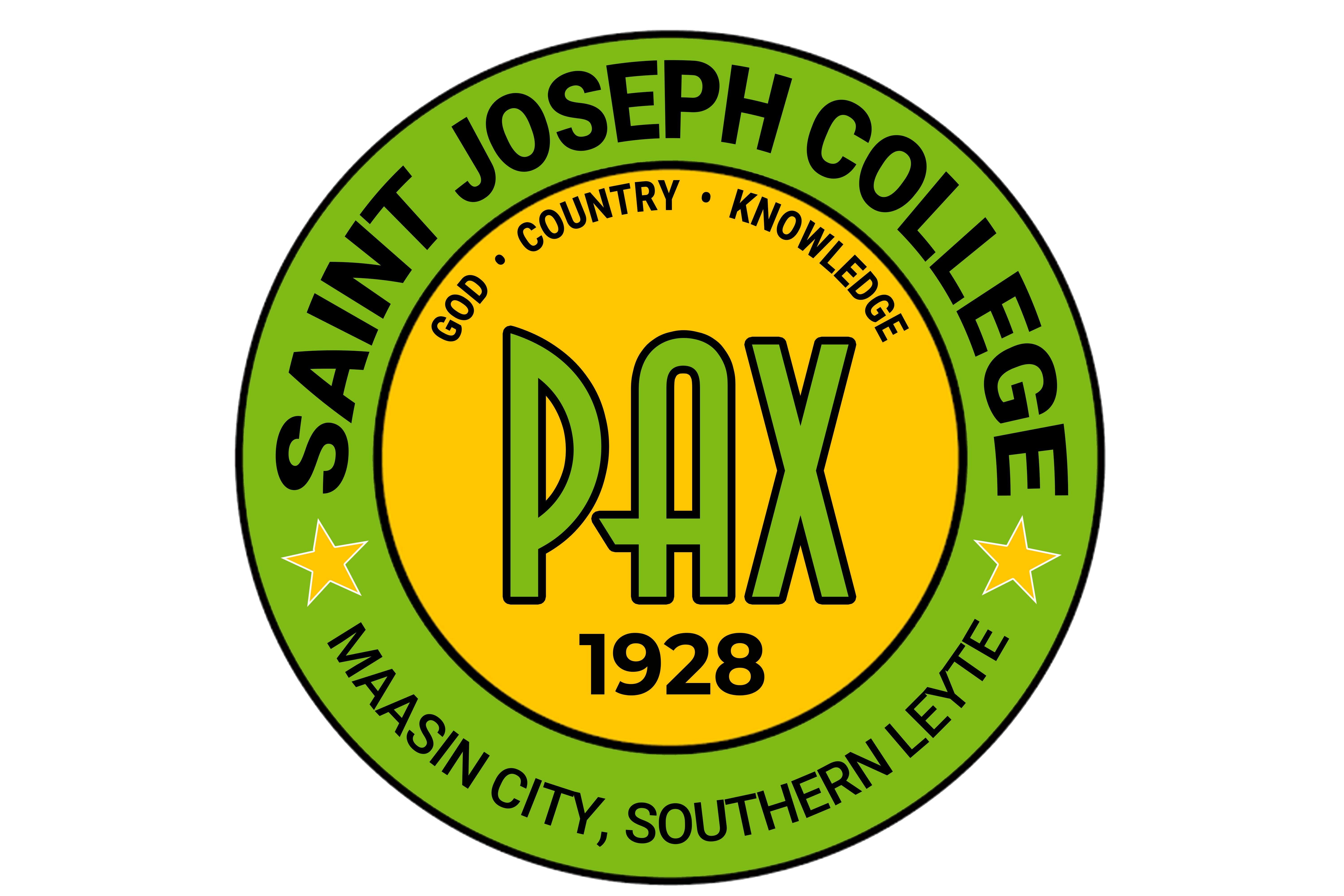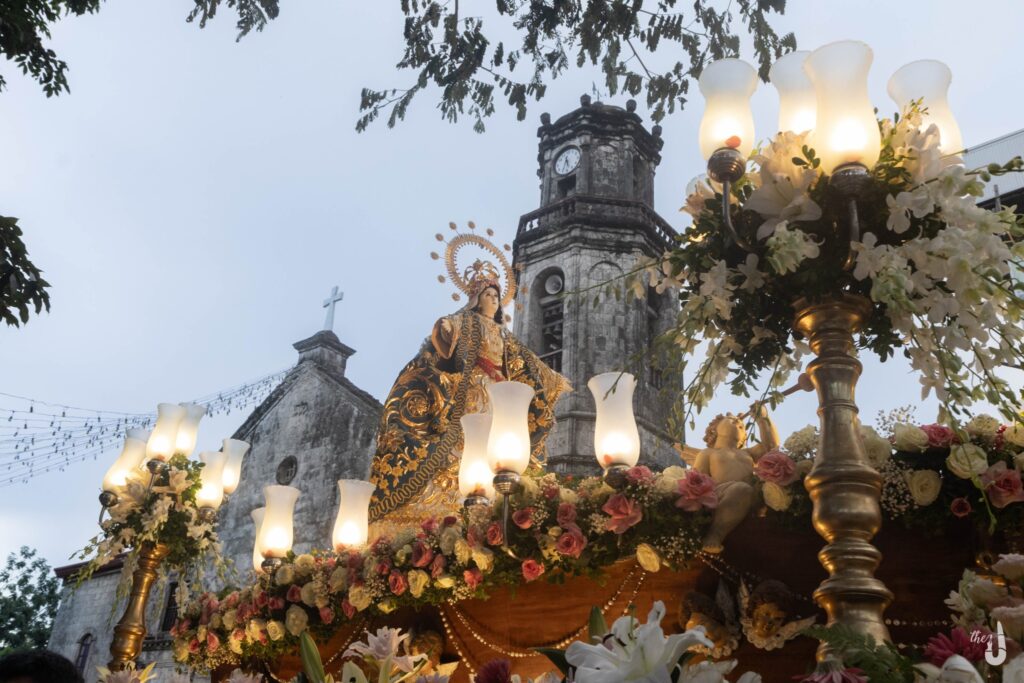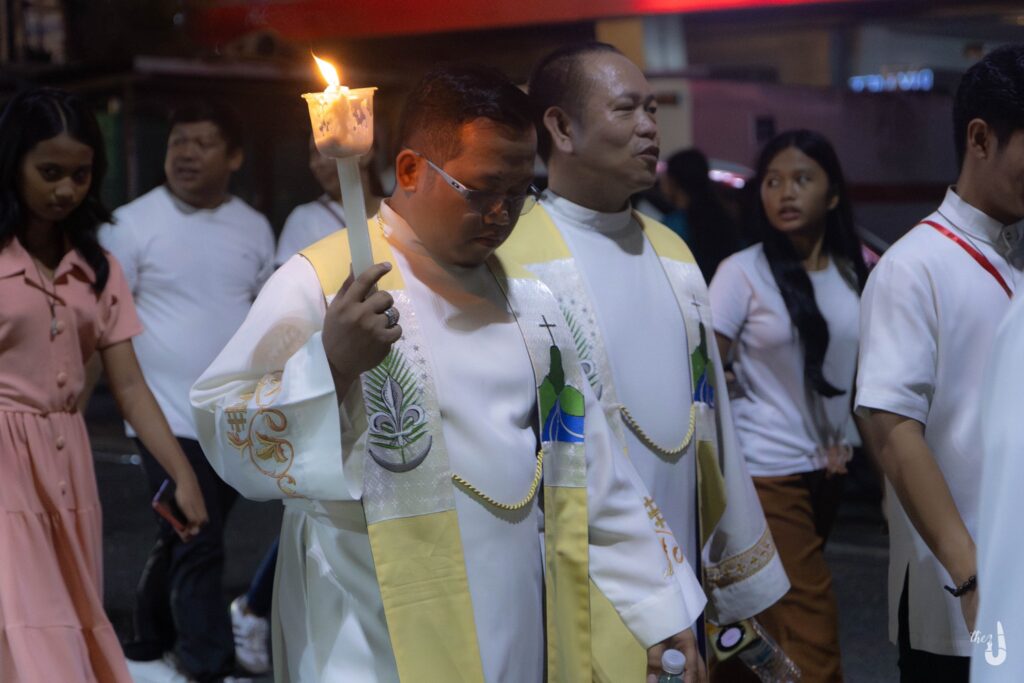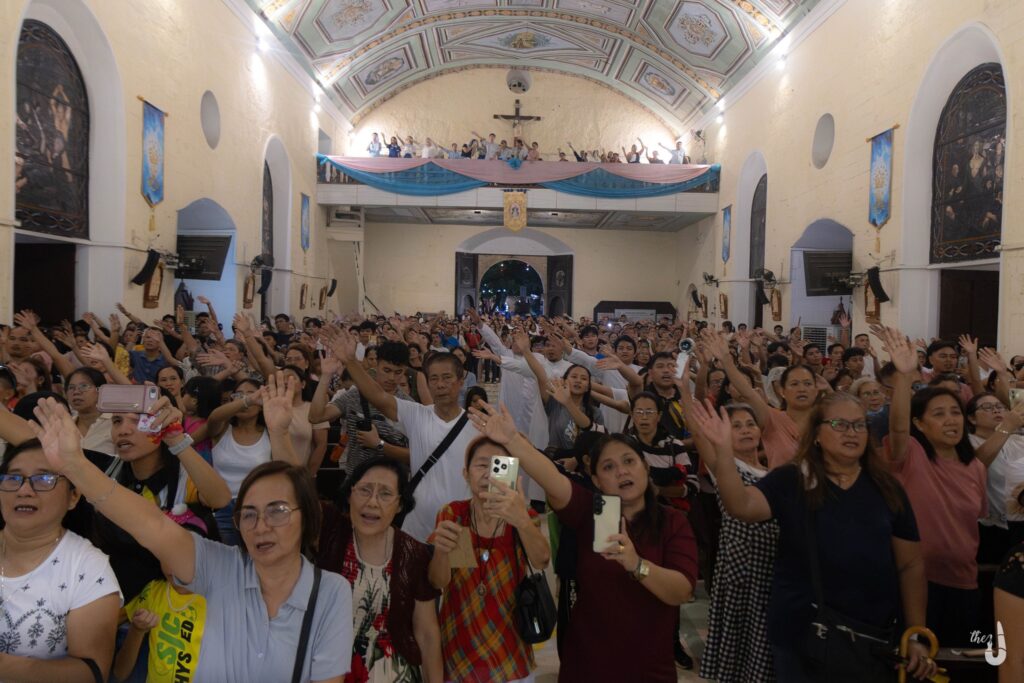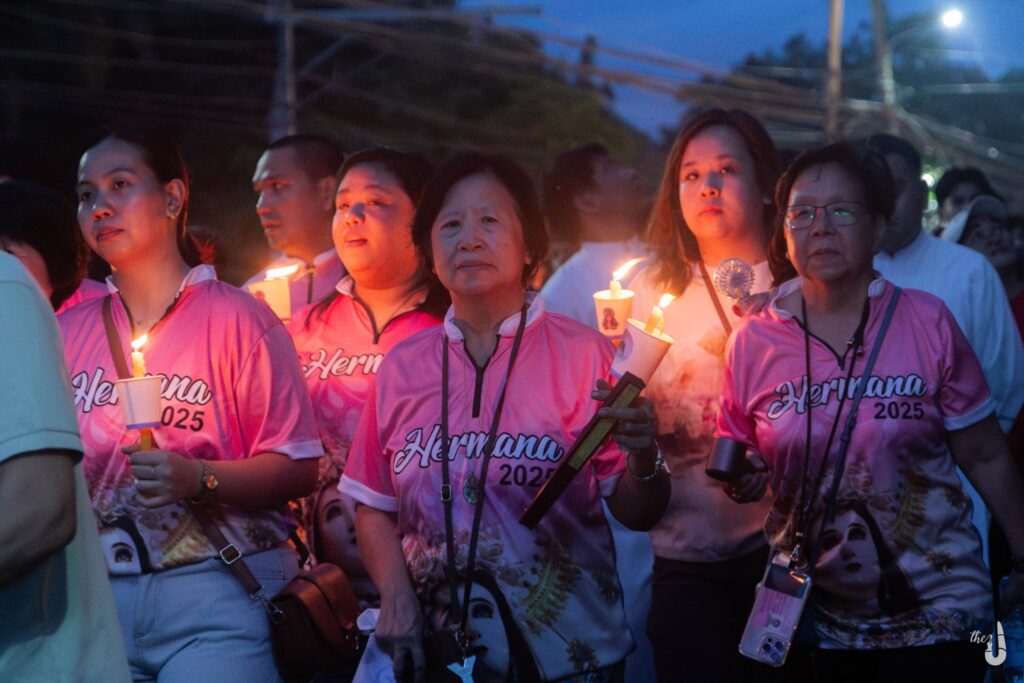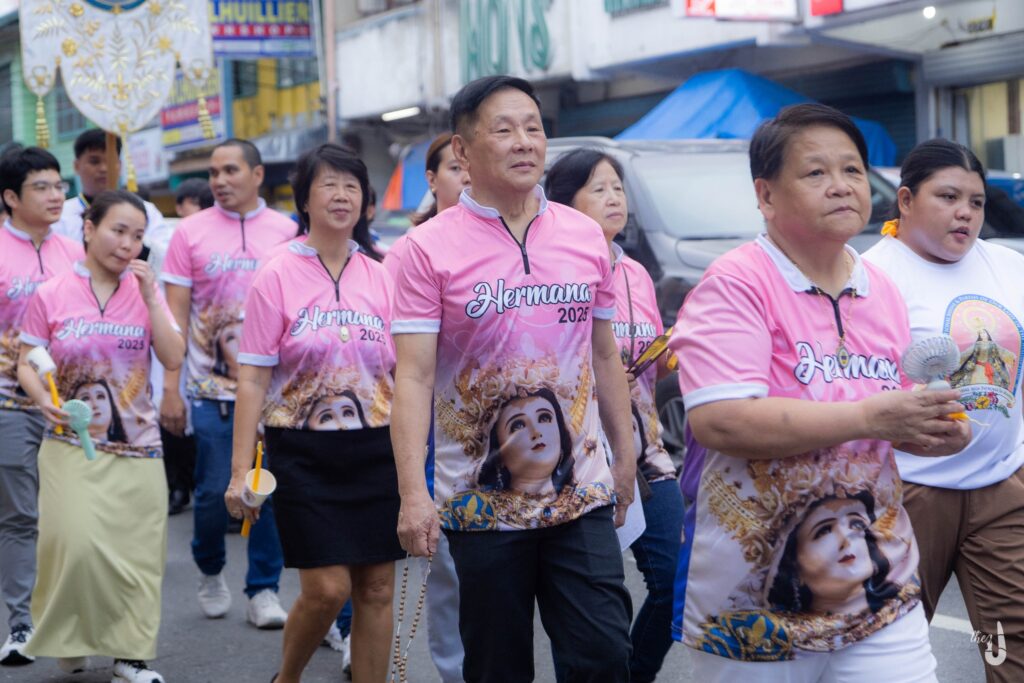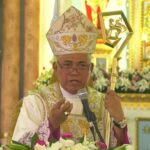In the Genesis story when our first parents fell into sin, Almighty God promised a redeemer in what they call the “protoevangelium” or the First Good News. But it would take thousands of years before the promise of redemption would see its fulfillment; God literally held time in His hands.
Then, the Gospel wrote “and the Virgin’s name was Mary.” This abrupt description is nothing short of a most solemn declaration inspired by the Holy Ghost himself. This declaration pinpoints the name from whom salvation shall be born, the Mother of the Word Incarnate, the God of Heaven and Earth taking bodily form. And so, the humble maiden from Nazareth, by her humble response to the Angel’s announcement became The Mother of the Christ.
Mary, most blessed and full of grace, also had her fair share of sufferings. Her life was not a bed of roses, but also a life of extreme penitence, mortification and an almost unbearable heartbreak when she saw her son hanging on the gibbet which he himself carried.
And so, after the course of her earthly life, she, the most perfect of God’s creation was assumed, body and soul into heavenly glory. He called her unto Himself, because God cannot suffer to see His masterpiece tainted by the corruption of the grave. God, in His knowledge wanted to tell us that there are things better kept in heaven than enjoyed on earth.
Here in Maasin, we lovingly call her as “Mahal nga Patrona”, beloved by her children and a sure sign of hope for us, pilgrims in this tearful sojourn towards the eternal mansions of the Father.
Oh Mother most pure, who was never bound by the chains of sin and death, help us, pray for us, defend us, love us always, for we love you too, as a son to a Mother.
Mahal nga Patrona, Rayna nga gipasaka sa Langit, ig-ampo mo kami sa kanunay. Amen.

